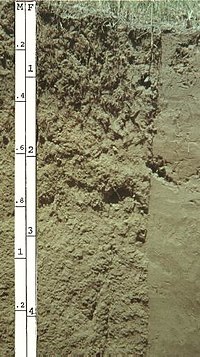The picture on the left highlights the whole tropical rain forest in green and the Caribbean is highlighted in red. The picture on the right is a more detailed map of the Caribbean Islands and the surrounding bodies of water.
Location of the biome
The location of this biome greatly affects the climate. The Caribbean’s close proximity to the equator makes for warm, sunny weather year round and promotes flora growth. Climate change is greatly affecting tropical rainforests. Global warming is causing rainforests to begin to dry out. Rainforests near sea level can be drowned by rising sea levels. Even though rainforests are quite strong against climate change, deforestation and other devastating human activities are making rainforests less resilient against these climate changes.




Port-au-Prince is at 18.5333° N, 72.3333° W




San Juan, Puerto Rico is at 18.4500° N, 66.0667° W
Landscape features
Like many islands, the Caribbean islands were created by volcanic eruption. Many Caribbean islands have volcanoes such as the fumarole volcano, (a volcano that emits gasses and smoke) Morne aux Diables in Dominica and the Mt. Pelee volcano on the island of Martinique which last erupted in 1902.

There are many mountains in the Caribbean, the highest point being Pico Duarte (pictured below) at 3,098m above sea level. Pico Duarte is on the island of Dominica

Lakes and rivers dot the islands of the Caribbean, the largest lake being Lago Enriquillo, Dominican Republic, which is slowly rising and taking over more and more space as it grows.

Tropical rainforests encompass most Caribbean Islands, and the largest rainforests are found in Dominica and Jamaica.
Soil Quality in the Caribbean Tropical Rainforest
Entisols are found in coastal areas and swamps of Guyana, Belize, Cuba, and the Dominican Republic. This is the best kind of soil found in the Caribbean because it is great for agriculture. Entisols are found in flat areas close to sea level.

Found in Cuba, the Dominican Republic, Jamaica, Trinidad, and Valencia, there are soils are created from old sediments found in freshwater areas. These kinds of soils are found in flat, lower lying areas, and especially in places with greater rainfall.These soils have been found to contain many plant nutrients and clay in their lower layers, however, plant growth in these soils isn’t very healthy.

Symbiotic relationship
Periclimenes Anthophilus and Condylactis Gigantea
Periclimenes Anthophilus are only found in the waters around the island of Bermuda
The periclimenes anthophilus, a type of shrimp, uses the condylactis gigantea, an anemone, as habitat. The shrimp use the mucus from the anemone to disguise itself and avoid being stung, whereas the predators of the shrimp are stung by the anemone. This relationship is different from the one of the Clownfish and the Sea anemone, in that the Condylactis gigantea does not benefit from the relationship.

